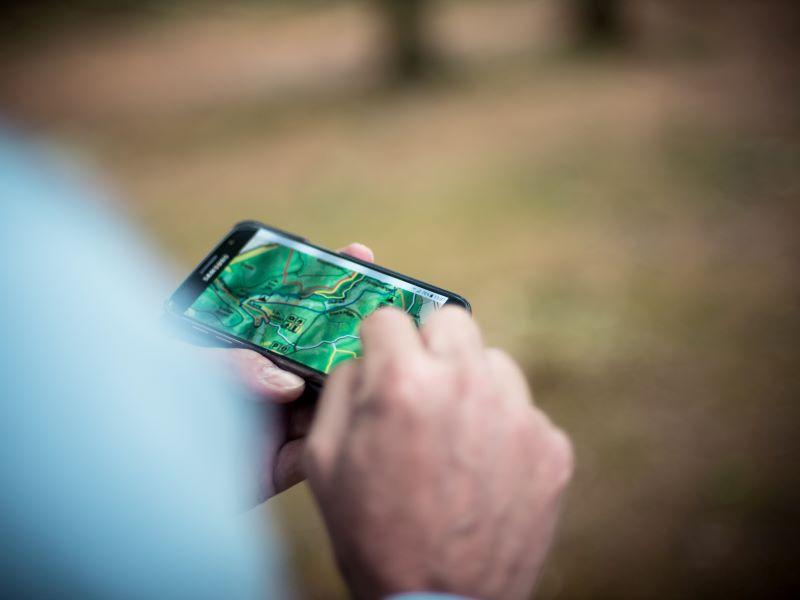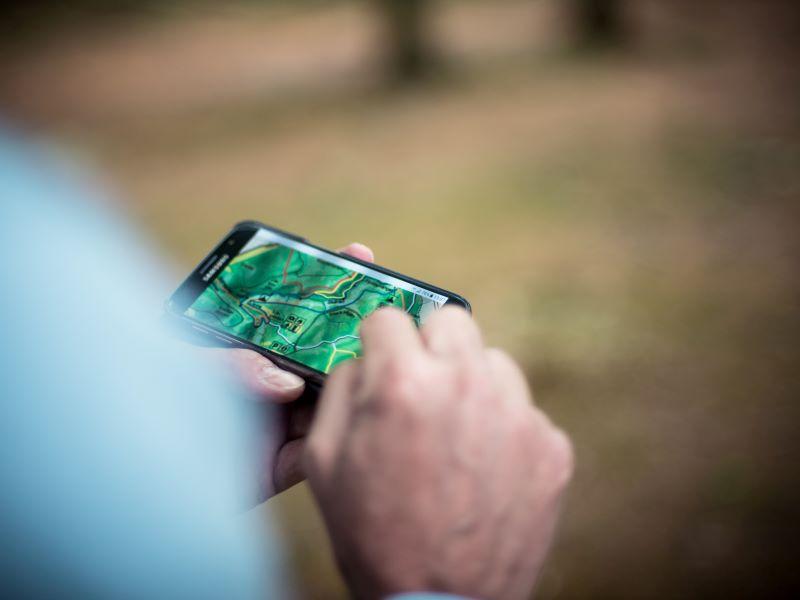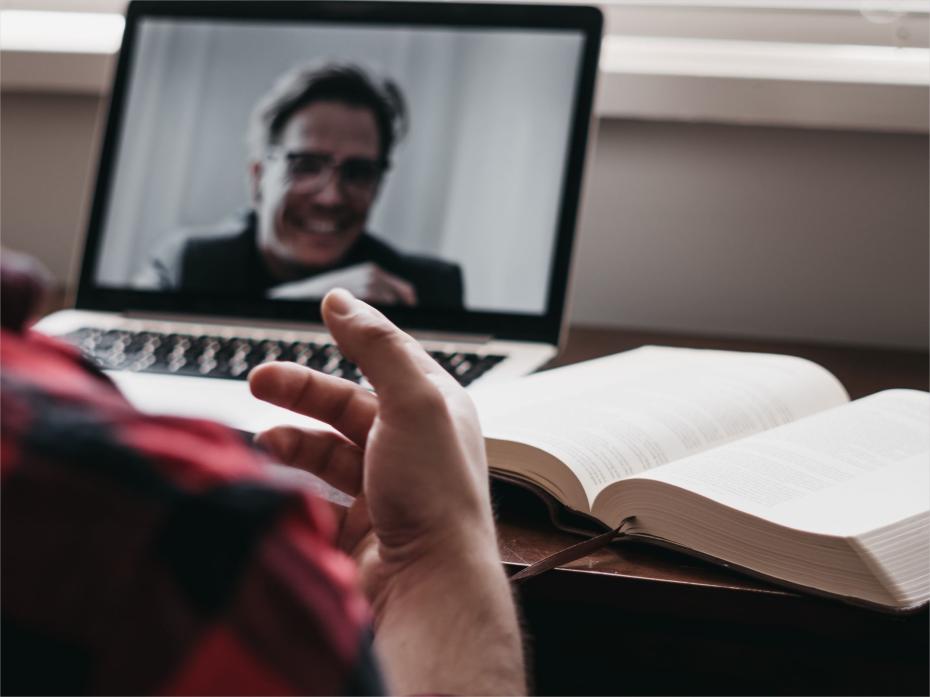Switching to online and remote teaching limits students’ access to training equipment and services. It raises questions around how to deliver experiential learning which would usually include field trips, lab work, service learning, work placements and more, and makes up an important component of learning by doing.
It is important for students to integrate classroom learning with practical application, real-world experiences and community engagement. How can higher education institutions find ways to offer students experiential learning that are compatible with remote instruction?
Our institution set out to embed the topic of sustainable development within our general education curriculum through the launch of the Sustainable Development Goal (SDG) Study Scheme. A fund was created to help teachers to organise SDG-related experiential learning. Their creativity and determination in implementing activities through the pandemic was impressive and many useful lessons can be drawn. With in-person meetings and trips cancelled, faculty developed innovative virtual solutions including:
Live-streamed virtual tours: Anthropology instructors teaching a course focused on multiculturalism and China developed virtual tours around places of relevance such as Chungking Mansions, a building known for its ethnic diversity. An anthropologist described the building as a hub of “South African merchants, African entrepreneurs, Indian temporary workers, African and South Asian asylum seekers”. The instructors live-streamed visits for students to experience real-time interaction with Chungking residents, challenging their preconceptions of the tower block as a dangerous and chaotic place.
Virtual field trips: Geography lecturers conducted virtual field trips from local forests and wetland nature reserves to teach students about the basic ecology and conservation challenges by visiting the sites in person and preparing teaching materials with photos and videos.
Co-creation of virtual field trips: Urban agriculture students were invited to help produce video interviews with key stakeholders of urban farms in Hong Kong, in order to create a virtual field trip. Students’ involvement in producing the virtual materials led to a greater sense of community and meant they devoted more time to understanding the details of SDGs and exploring overseas examples of how urban agriculture can contribute to sustainability.
Virtual competitions: An engineering teacher organised a virtual competition for students to develop solar-powered cars to assess their knowledge of solar-powered mechanisms. The exercise helped students to understand concepts of renewable energy and to acquire hands-on skills in designing and testing renewable energy devices.
Students reported that the virtual trips were interesting, clearly presented, relevant to course learning and enhanced their subject knowledge and understanding of SDGs. While face-to-face activities cannot be entirely replaced by digital interaction, virtual field trips can be rewarding and inspiring.
Key considerations for effective virtual experiential learning
Design interactive student-centred activities: This ensures the learning process is experiential rather than simply becoming a real-time virtual lecture in a different location. For instance, during the virtual tour to Chungking Mansions, students were divided into four groups, each led by a different Chungking resident of African heritage who chose different routes to walk around the building, chatting to other residents as they went. Students gained insight into the diverse cultures of Chungking through their tour guide’s eyes and ears.
Assess and monitor students’ learning: After any virtual tour or activity, students should be tasked with an assignment asking them to reflect upon or apply what they have learned. Following the virtual visit to Chungking Mansions, students were required to submit a field trip report. Using these reports, their instructor was able to observe what, if any, changes had been sparked by the experience in students’ attitude and behaviours, at cognitive, affective and social levels. At the cognitive level, students had gained a better understanding of the concept of low-end globalisation, which refers to the flow of people and goods across borders involving small amounts of money and informal, sometimes semi-legal or illegal, transactions. Talking to the tour guides gave students an insight into the difficult situation faced by African migrants in Hong Kong, especially asylum seekers. At the affective level, many students had re-evaluated former perceptions of Chungking as a dangerous and chaotic place, having experienced it as peaceful and safe. At the social level, after the virtual field trip, more than half of the class visited Chungking and met their tour guides in person through their organisation, Africa Center Hong Kong.
Tie virtual activities to key learning outcomes: The aim of the field trip is to aid students’ understanding of low-end globalisation by seeing how the phenomenon is playing out in Chungking Mansions. Students watched their tour guides interview different ethnic groups to understand their views and living conditions. This ties the field trip to a key course learning outcome, which is to acquire basic anthropological knowledge of multiculturalism, globalisation and ethnicity and develop the ability to comprehend and apply related knowledge. A second learning outcome is to encourage students to critically examine social issues. By enabling students to meet Chungking residents, the virtual field trip provides a powerful introduction to topics of social inequality and cultural inclusiveness in Hong Kong, while also challenging any stigmatising preconceptions about the place and its residents.
The sustainability of virtual experiential learning resources
The multimedia learning materials and virtual activities developed this year can serve as useful resources for future student cohorts even when face-to-face visits and activities are allowed again.
The continuous exchange of teaching ideas and good practices throughout 2020-21 has resulted in faculty being more aware of how to embed SDG-related issues into their teaching and has expanded the SDG community. The aim is to cultivate students’ sense of global citizenship so they can help reshape the future in a more sustainable way.
While Covid-induced distance learning forced instructors to develop new teaching methods, it is now clear that we should keep supporting innovation in teaching, building it into long-term programme planning and properly resourcing it.
Mei Yee Leung is a professor and director of University General Education, Yvonne Yuen Kei Leung is a research assistant and Jacky Tsz Kin Yiu is executive officer at the Office of University General Education, all at the Chinese University of Hong Kong (CUHK).




comment